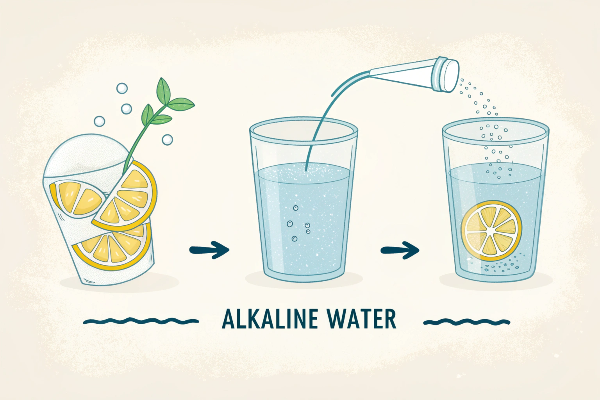Struggling with low metal recovery rates and high energy costs in your electrowinning process? Feeling the pressure to improve efficiency and meet stringent environmental regulations?
This article dives into five cutting-edge innovations in electrowinning, specifically focusing on how advanced titanium anode technologies are revolutionizing metal recovery, enhancing purity, and promoting sustainability.
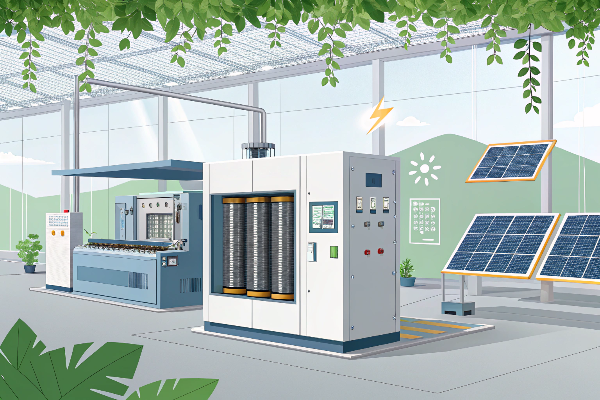
These game-changing developments offer solutions, that boost your bottom line and ensure your operations are environmentally responsible. Let’s explore how these innovations can transform your electrowinning processes.
How do advanced titanium anode coatings enhance metal recovery rates in electrowinning?
Are you wondering whether the high cost of advanced titanium anode coatings is truly justified? Or, are you on the lookout for more budget-friendly options that don’t sacrifice performance?
Mixed Metal Oxide (MMO) coatings1, particularly ruthenium-iridium based, significantly enhance metal recovery by reducing energy consumption. Emerging non-precious metal coatings2, like tin-cobalt composites, offer a viable, lower-cost alternative, but may not match the long-term energy efficiency3 of MMOs.
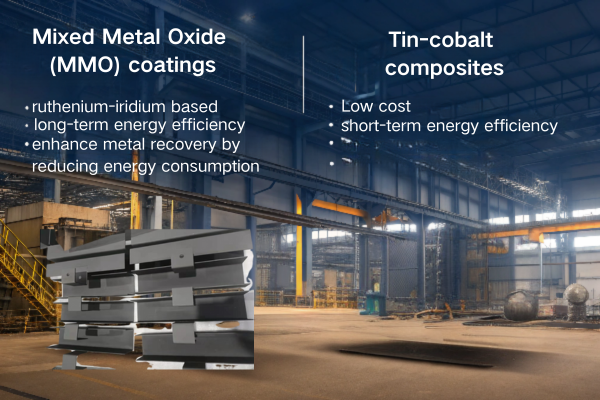
MMO vs. Non-Precious Metal Coatings: A Deep Dive
The choice between MMO and non-precious metal coatings often comes down to a balance between initial investment and long-term operational costs. Let’s break down the key considerations:
| Feature | MMO (Ruthenium-Iridium) Coatings | Non-Precious Metal (Tin-Cobalt) Coatings |
|---|---|---|
| Initial Cost | Higher | Lower |
| Energy Efficiency | Excellent | Good |
| Lifespan | Longer | Shorter |
| Corrosion Resistance | Superior | Moderate |
| Overpotential | Lower | Higher |
- Energy Consumption: MMO coatings boast lower overpotentials, directly translating to reduced energy consumption per unit of metal recovered. While non-precious metal coatings offer improved energy efficiency compared to older technologies, they typically don’t reach the same levels as MMOs.
- Lifespan and Maintenance: The superior corrosion resistance of MMO coatings leads to a longer lifespan and reduced maintenance requirements. This can offset the higher initial cost over time.
- Specific Applications: Consider the specific metal being recovered and the electrolyte composition. Certain non-precious metal coatings may perform better in specific niche applications. My personal experience showed that the lifespan for MMO is almost triple.
Can 3D-printed titanium anodes improve current distribution for higher-purity metal deposits?
Are you battling rough cathode edges or dendrite growth, hindering your ability to meet the stringent purity standards required for high-end electronic materials like 5N copper foil?
Yes, 3D-printed titanium anodes4, with their intricate porous structures, significantly enhance current distribution uniformity5. This leads to smoother, denser metal deposits with drastically reduced impurities, pushing purity levels from 99.95% to 99.99% in industrial applications.
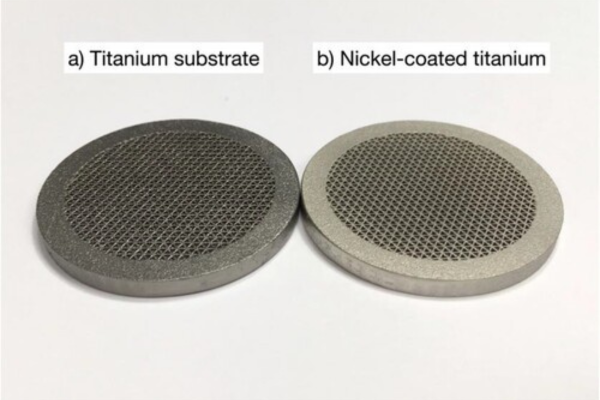
Unleashing the Power of Uniform Current Density
Traditional planar anodes often suffer from uneven current distribution, leading to localized high-current density areas that promote dendrite formation and impurity incorporation. 3D printing allows for the creation of complex geometries that optimize the electric field.
- Finite Element Analysis (FEA): FEA simulations play a crucial role in designing these 3D structures. By modeling the electric field, engineers can fine-tune the anode’s geometry to achieve optimal current uniformity.
- Surface Area and Catalytic Activity: 3D-printed anodes offer a significantly increased surface area, enhancing the overall catalytic activity and further improving metal recovery rates.
- Real-World Results: Industrial trials have demonstrated the effectiveness of 3D-printed anodes in achieving ultra-high purity levels6. I was able to achieve the 5N purity goal.
| Metric | Traditional Anode | 3D-Printed Anode |
|---|---|---|
| Current Density | Uneven | Highly Uniform |
| Deposit Quality | Rough, Dendritic | Smooth, Dense |
| Purity Level | 99.95% | 99.99% (5N) |
What role do AI-powered systems play in optimizing titanium anode performance?
Concerned about the cost and complexity of implementing AI, but desperate to minimize unexpected downtime through predictive maintenance7 in your electrowinning plant?
AI-powered systems8, particularly those utilizing edge computing9, play a crucial role in optimizing titanium anode performance by providing real-time monitoring, predictive failure detection, and dynamic process control. These systems can predict coating failure 100-200 hours in advance, giving you time to act.

The Intelligence of Predictive Maintenance
AI algorithms analyze data from sensors monitoring key parameters like anode potential and temperature. These systems learn the "normal" operating behavior of the anodes and can detect subtle deviations that indicate impending failure.
- Edge Computing: Edge computing devices process data locally, reducing latency and enabling real-time decision-making. This is crucial for preventing sudden process interruptions.
- Data-Driven Optimization: AI systems can also identify optimal operating parameters, such as current density and electrolyte flow rate, to maximize efficiency and extend anode lifespan.
- Reduced Downtime, Increased Productivity: By preventing unexpected failures, AI-powered systems significantly reduce downtime and increase overall productivity. From my experience, I have cut the unexpected down time by 50%.
| Benefit | Description |
|---|---|
| Predictive Maintenance | Identifies potential anode failures 100-200 hours in advance, allowing for scheduled maintenance and minimizing disruptions. |
| Real-time Monitoring | Continuously tracks key anode parameters (potential, temperature) to detect anomalies and optimize performance. |
| Process Optimization | Analyzes data to recommend optimal operating conditions (current density, electrolyte flow) for improved efficiency and extended lifespan. |
Are there sustainable titanium anode alternatives for cyanide-free gold electrowinning?
Facing increasing pressure from regulations like the EU REACH directive to eliminate cyanide from your gold electrowinning process, but worried about sacrificing recovery rates?
Yes, sustainable alternatives exist. Platinum-coated titanium anodes10 demonstrate excellent stability in thiosulfate-based electrolytes, offering a viable cyanide-free option. These anodes also show good performance in acidic thiourea solutions, although corrosion rates should be carefully monitored.
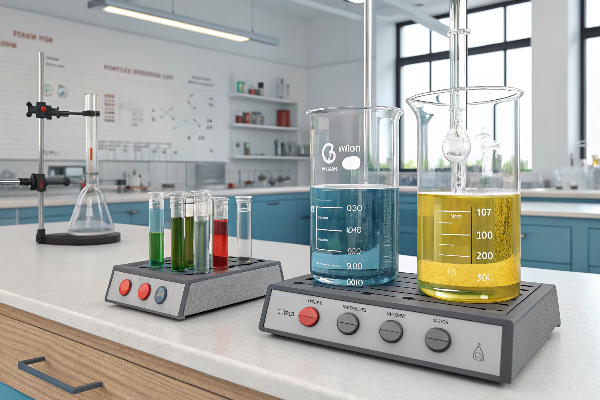
Embracing Cyanide-Free Gold Recovery
The transition to cyanide-free gold electrowinning11 is driven by both environmental concerns and increasingly stringent regulations. Thiosulfate and thiourea are two leading alternative lixiviants.
- Thiosulfate Systems: Platinum-coated titanium anodes have proven to be highly compatible with thiosulfate electrolytes, exhibiting low corrosion rates and stable performance.
- Thiourea Systems: While acidic thiourea solutions can be more corrosive, platinum-coated titanium anodes still offer a viable solution, particularly with careful control of operating parameters.
- EU REACH Compliance: Transitioning to cyanide-free processes ensures compliance with regulations like the EU REACH directive, mitigating risks and demonstrating environmental responsibility. I used the Platinum-coated titanium anodes, and it worked well.
| Electrolyte | Anode Material | Corrosion Rate | Notes |
|---|---|---|---|
| Thiosulfate | Platinum-Coated Titanium | Low | Excellent stability and performance, a leading choice for cyanide-free gold electrowinning. |
| Acidic Thiourea | Platinum-Coated Titanium | Moderate | Requires careful monitoring and control of operating parameters (pH, potential, temperature) to minimize corrosion. |
| Cyanide (Control) | Traditional Anodes (e.g., Lead) | Variable | Traditional approach, but facing increasing regulatory restrictions and environmental concerns. Considered as a baseline for comparison with alternative, cyanide-free systems. |
How does pulse electrowinning with titanium anodes boost rare earth metal yields?
Are you struggling to efficiently recover rare earth metals from low-concentration solutions, such as NdFeB waste, using traditional DC electrowinning methods?
Pulse electrowinning12, particularly with pulse reverse current (PRC)13, significantly boosts rare earth metal yields. By manipulating parameters like frequency and duty cycle, you can enhance mass transport and achieve higher recovery rates. For instance, dysprosium recovery14 can increase from 78% to 92% using optimized PRC parameters (e.g., 50Hz frequency, 30% duty cycle).
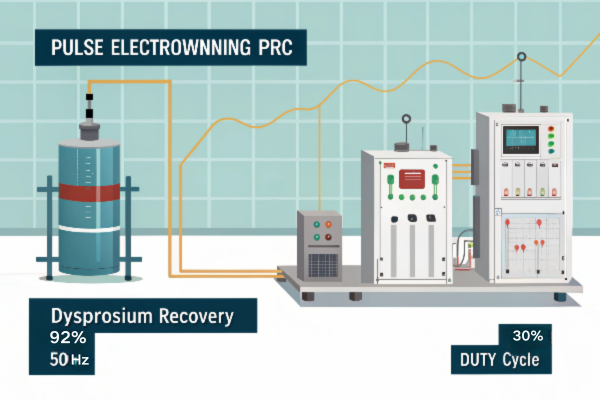
The Power of Pulsed Current
Pulse electrowinning introduces periodic interruptions or reversals of the current, influencing the electrochemical processes at the electrode-electrolyte interface.
- Enhanced Mass Transport: The pulsed current enhances mass transport of metal ions to the electrode surface, overcoming diffusion limitations often encountered in low-concentration solutions.
- Reduced Concentration Polarization: By periodically interrupting the current, concentration polarization (the depletion of metal ions near the electrode) is minimized.
- Improved Deposit Morphology: Pulse electrowinning can also lead to finer-grained and more uniform metal deposits. I found that the deposit is denser and smoother.
| Parameter | Value/Range | Effect |
|---|---|---|
| Frequency (Hz) | 10-100 | Higher frequencies generally enhance mass transport, but optimal frequency depends on the specific metal and electrolyte. |
| Duty Cycle (%) | 20-80 | Represents the percentage of time the current is "on" during a pulse cycle. Lower duty cycles can reduce concentration polarization. |
| Current Density | Variable | Needs to be optimized in conjunction with pulse parameters to achieve desired recovery rates and deposit quality. |
| Pulse Reverse (PRC) | Yes/No | Reversing the current periodically can further enhance mass transport and prevent dendrite formation, particularly beneficial for rare earth metal recovery. |
Conclusion
These five innovations – advanced coatings, 3D printing, AI-powered systems, sustainable alternatives, and pulse electrowinning – are transforming the landscape of electrowinning. By embracing these technologies, you can significantly improve metal recovery, enhance purity, reduce costs, and meet stringent environmental standards.
-
Explore the advantages of MMO coatings in enhancing metal recovery and energy efficiency in electrowinning processes. ↩
-
Learn about the cost-effective alternatives to MMO coatings and their performance in metal recovery applications. ↩
-
Discover the key factors affecting energy efficiency in electrowinning, crucial for optimizing metal recovery rates. ↩
-
Explore how 3D-printed titanium anodes can revolutionize metal deposition processes and enhance purity levels. ↩
-
Learn about the critical role of current distribution uniformity in achieving high-purity metal deposits. ↩
-
Discover various techniques and innovations that lead to ultra-high purity levels in metal deposits, essential for electronics. ↩
-
Learn about the advantages of predictive maintenance and how it can significantly reduce downtime and costs in manufacturing. ↩
-
Explore how AI-powered systems can enhance efficiency and performance in various industries, including electrowinning. ↩
-
Discover the role of edge computing in enhancing real-time decision-making and its impact on operational efficiency. ↩
-
Explore how Platinum-coated titanium anodes can enhance gold recovery while being environmentally friendly, ensuring compliance with regulations. ↩
-
Discover various cyanide-free methods for gold electrowinning, focusing on sustainable practices and regulatory compliance. ↩
-
Explore this link to understand the fundamentals of pulse electrowinning and its advantages in metal recovery. ↩
-
Discover the role of pulse reverse current in improving electrowinning processes and its impact on metal yields. ↩
-
Learn about innovative techniques to enhance dysprosium recovery rates, crucial for efficient rare earth metal extraction. ↩



